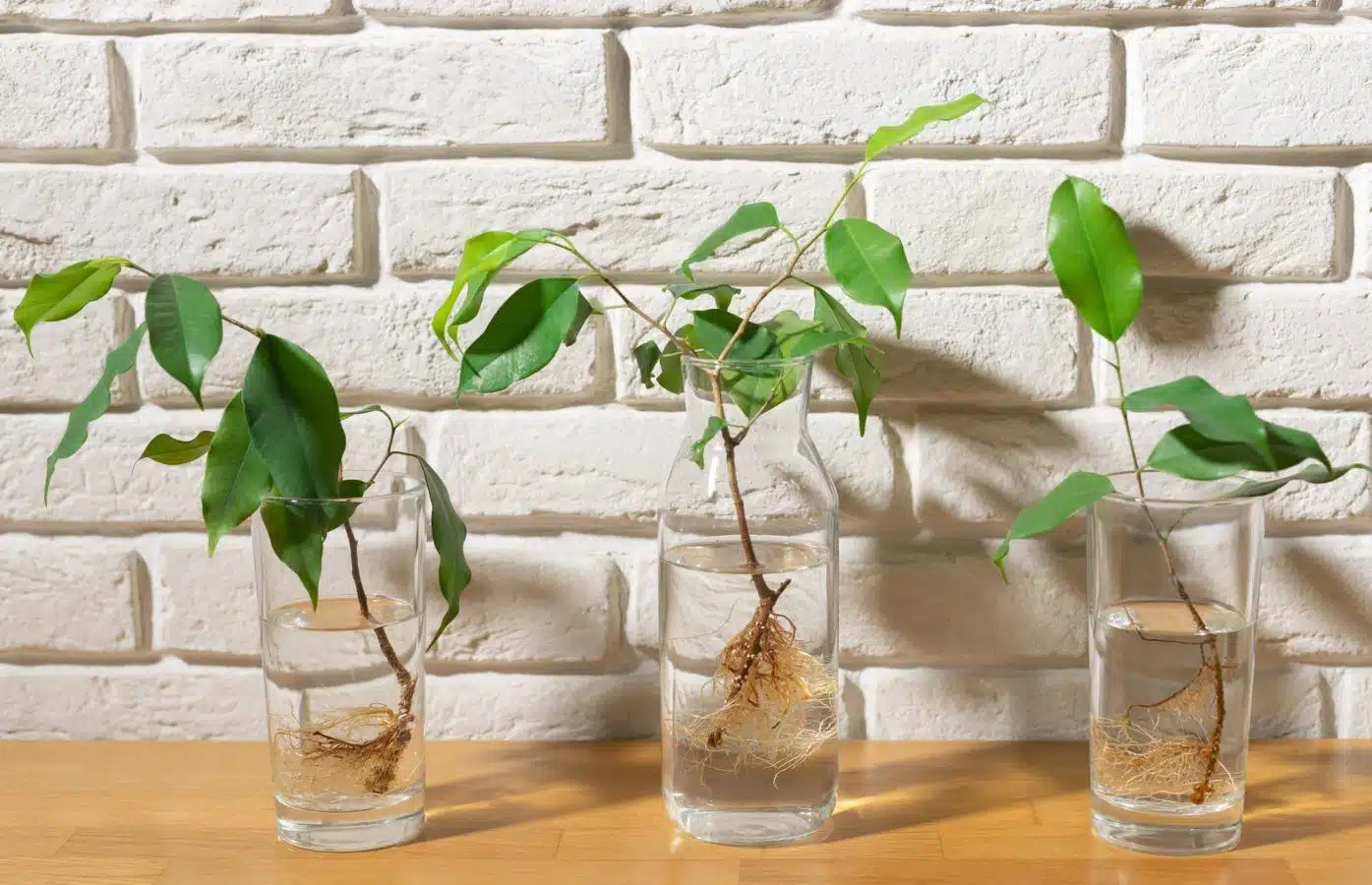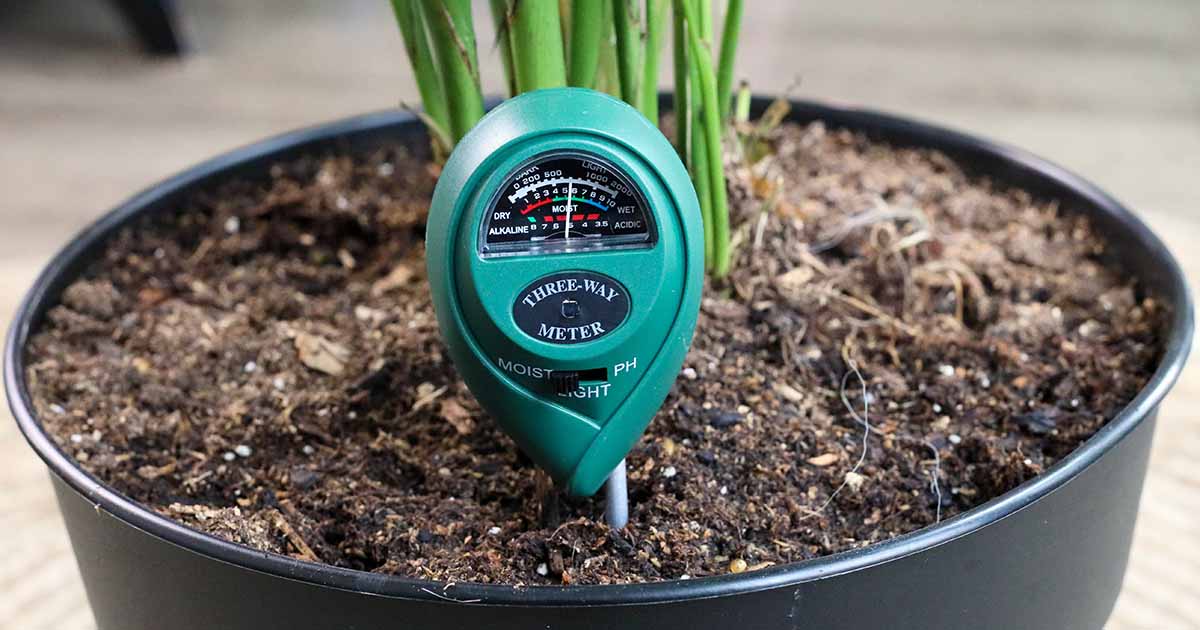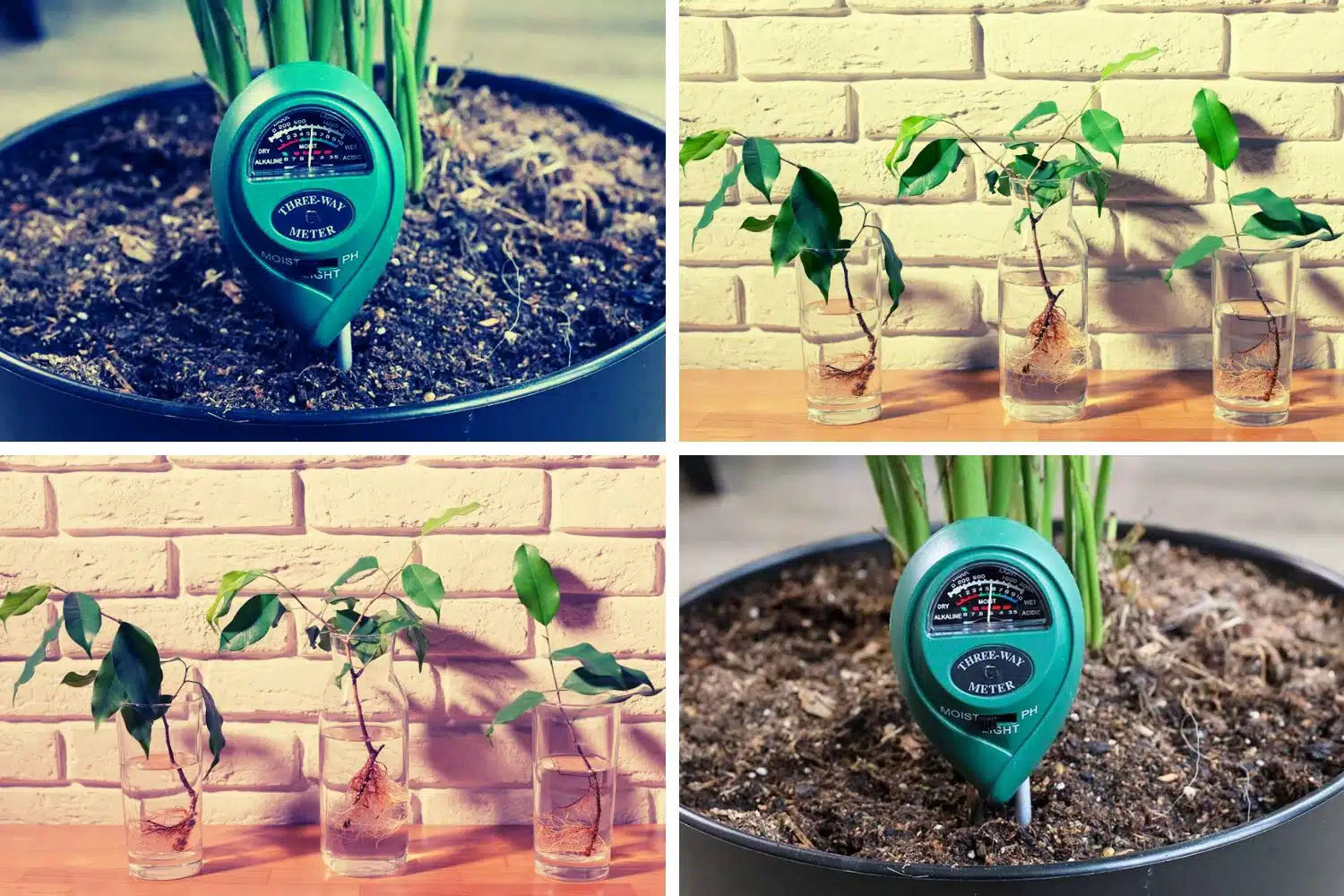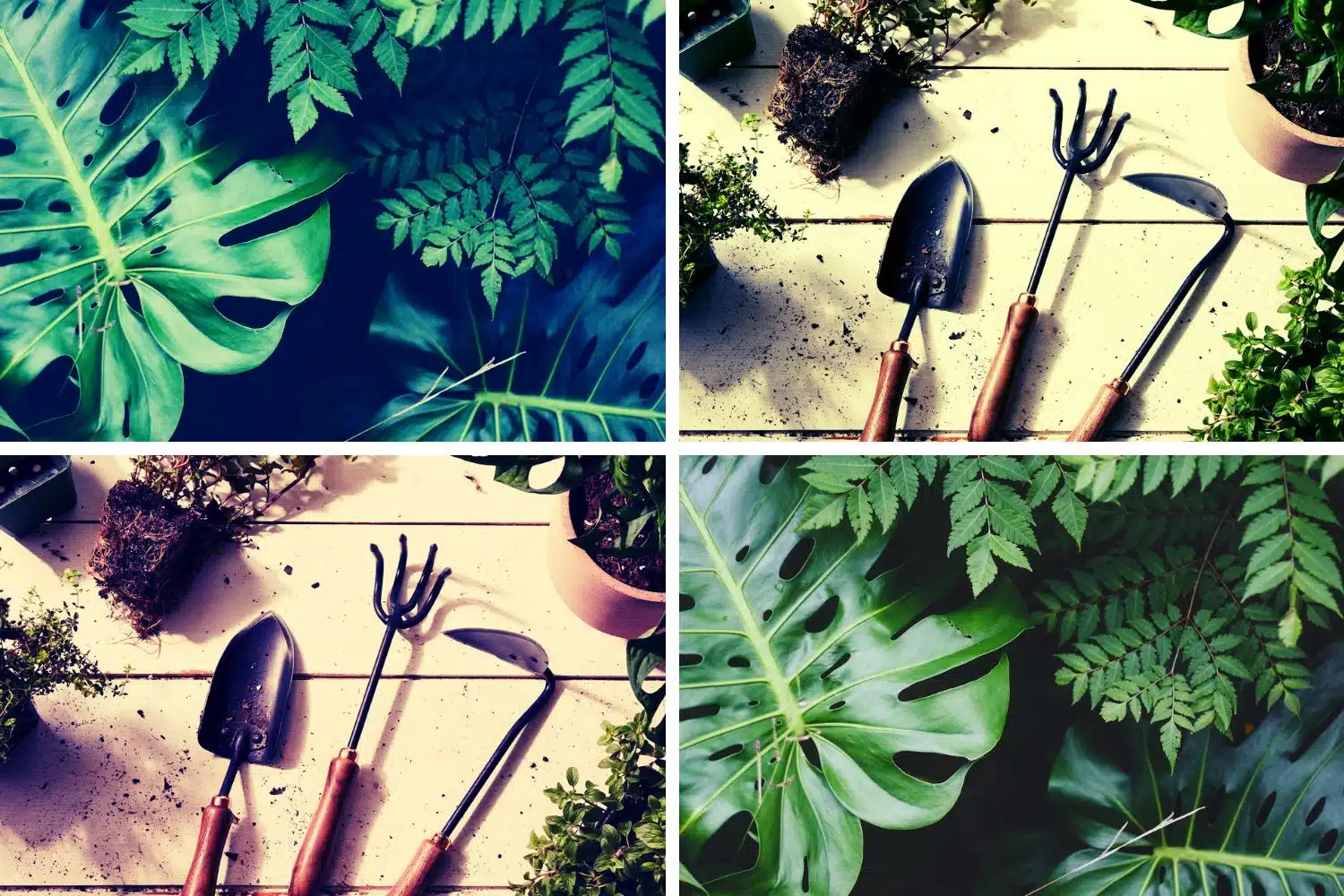Why do plants need water? Water is necessary for survival, and this truism is no less true for plants. As a fundamental component of photosynthesis, water plays an integral role in the production of food and energy that plants rely upon to grow and thrive. Given the importance of water to plant life, it should come as no surprise that the subject has captivated the attention of scientists and researchers for generations.
In recent years, research has revealed fascinating insights into the role that water plays in plant cell metabolism, nutrient uptake, and even emotional response. Through this science of hydration, botanists and horticulturists alike have been able to unlock new strategies for maximizing plant growth and yield while limiting the impact of drought and other environmental stressors.
So why is hydration so critical to the life and health of plants, and what do we stand to gain from a deeper understanding of this essential process? In this post, we’ll explore the science of hydration and answer these questions and more. Whether you’re a professional landscaper or a passionate backyard gardener, you’ll gain valuable insight into how plants use, store, and absorb water.
Plants and Water: The Basics

Plants are complex organisms that require a variety of nutrients and environmental conditions to thrive. However, one of the most critical components of plant growth and health is water. Water is involved in nearly all aspects of plant biology, including photosynthesis, nutrient transport, and structural support. As a result, maintaining proper hydration is essential for any gardener or horticulturist looking to cultivate healthy plants.
Transpiration: How Plants Use Water
Transpiration is a fundamental process by which plants absorb and use water. It involves the movement of water from a plant’s roots through the stem and leaves, and then into the atmosphere.
During transpiration, plants lose water through small openings on their leaves called stomata. The movement of water through the plant’s system is driven by a combination of factors including capillary action, the cohesion of water molecules, and the downward pull of gravity. This process is crucial for maintaining a plant’s health and function, as it ensures that nutrients and minerals are distributed throughout the plant’s system.
Absorption of Water: How Plants Take in Water
The process of water absorption, or water uptake, is crucial in the life of a plant. Hydration is essential for a plant’s growth and survival, and the mechanism by which plants absorb water is a complex process that involves both passive and active transport.
Passive transport involves the diffusion of water from an area of high concentration to an area of low concentration, while active transport relies on energy expenditure to move water against its concentration gradient. While water can be absorbed through the leaves of the plant, the majority of water uptake occurs through the roots.
Water moves through the root cells, crossing the cell membrane and entering the plant’s vascular tissue, where it is transported throughout the plant via the xylem. In order for the plant to take in water effectively, the roots must have proper access to it.
Photosynthesis and the Role of Water
Photosynthesis is the process by which green plants synthesize organic compounds from carbon dioxide and water in the presence of sunlight. This vital process requires the presence of water, as it serves as the main source of hydrogen ions for the synthesis of glucose through the Calvin cycle.
The role of water also extends to the transport of absorbed nutrients from the soil to various plant tissues, including the leaves where photosynthesis occurs. Additionally, water is essential for maintaining the structural integrity of plant cells and preventing them from collapsing due to osmotic pressure. Therefore, the availability of water is crucial for the survival and growth of plants, highlighting the significance of proper hydration in plant physiology.
The Significance of Humidity for Plant Hydration

Plants absorb water through their roots, but the process of transpiration, where water evaporates from the leaves, is equally vital in keeping plants hydrated. Humidity affects transpiration rates by affecting the moisture content of the air surrounding the plant. When humidity is low, the air is drier and can draw moisture from the plant faster, leading to increased transpiration rates and potentially detrimental levels of water loss.
On the other hand, high humidity levels can slow down the transpiration rate, providing the plant with adequate time to absorb and retain essential moisture. Thus, maintaining a suitable humidity level is essential to ensure optimal hydration, which directly influences plant growth, development, and overall health.
Factors Affecting Plant Hydration
When it comes to planting hydration, there are several factors that play critical roles in determining the plant’s water intake and distribution. One of these factors is the type of soil in which the plant is growing.
Soil properties such as texture, structure, and organic matter content can influence the availability and retention of water in the soil. Additionally, climate and weather conditions can significantly impact plant hydration, as hotter and drier conditions can increase the plant’s water needs and decrease its ability to retain water.
Other critical factors that affect plant hydration include the plant species, root structure, and the presence of pests or diseases that can impair water uptake. By understanding these factors and their interactions, growers and landscapers can implement effective strategies to ensure optimal plant hydration and health.
Strategies for Ensuring Adequate Plant Hydration
Plants are essential components of our natural environment, providing food, shelter, and oxygen. However, plants require adequate hydration to thrive and remain healthy. As such, identifying effective plant hydration strategies is critical in maintaining the integrity of plant systems.
In general, providing plants with a sufficient supply of water is essential for achieving optimal hydration. Additionally, mulching and amending the soil can boost its water-holding capacity and reduce evaporation rates. Furthermore, reducing irrigation frequency while increasing the amount of water applied at each watering session can also help to improve plant hydration.
Finally, adjusting the humidity levels of the air surrounding the plant can help to optimize transpiration rates.
Conclusion
Water is one of the most essential components for plant growth and survival. Understanding the science of hydration and why plants need water can help us maintain and improve their health in our gardens and homes. Monitoring the moisture levels and providing adequate water can ensure healthy plant growth and better crop yields. By understanding the importance of proper hydration, we can help our green friends thrive and beautify our surroundings.






